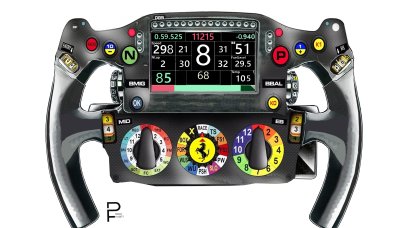Despite a strong showing during Friday practice and Saturday qualifying, Max Verstappen was unable to cap off his Bahrain Grand Prix weekend with victory after Mercedes and Lewis Hamilton got the better of him. However since then word has emerged that Verstappen's RB16 wasn't in optimal condition, with Helmut Marko stating in a conversation with Formel1.de that there were issues with engine temperature concerns and a differential problem . "The problems we had [with the engine] were primarily software related. Nothing in the hardware, so things that you can fix with adjustments," Marko stated. "At the beginning of the race he had problems in the differential area and last sector more specifically, even drastically, up to three tenths per lap. But still, Max drove accordingly." F1 journalist Mark Hughes has explained what exactly caused Verstappen to lose time over the lap, stating that an open differential makes the car easier to drive. A fully closed differential ensures that the tyres spin at the same speed, meaning the car steers in faster. "Verstappen was finding from as early as the formation lap that the inner wheel was spinning at Turns 1-2," Hughes wrote on Formula1.com. "So, he reacted by choosing a higher degree of locking on the diff. The read-out on the steering wheel confirmed his choice, but the behaviour of the car was unchanged. Therefore he was having to adapt his driving accordingly, by being less aggressive with the power application out of those low-speed corners. "That was lost lap time right there, but what the spinning inner wheel also did was increase the tyre surface temperature." Given the track temperatures in Sakhir, Verstappen was forced to drive more conservatively than he would have liked in order to keep the temperature of his rear tyres in check. "On a track like Sakhir, which induces a high thermal performance degradation rate anyway, the drivers have to drive to the temperature of their rear tyres," Hughes continued. "They cannot simply drive flat-out – for that would force them to pit disastrously early, and many times. "Because the wheelspin was increasing the tyre temperature, Verstappen was having to drive the rest of the lap more conservatively than he would otherwise have done in order to keep the rear temperatures from getting into a runaway state of ever-increasing temperatures."
Most read







